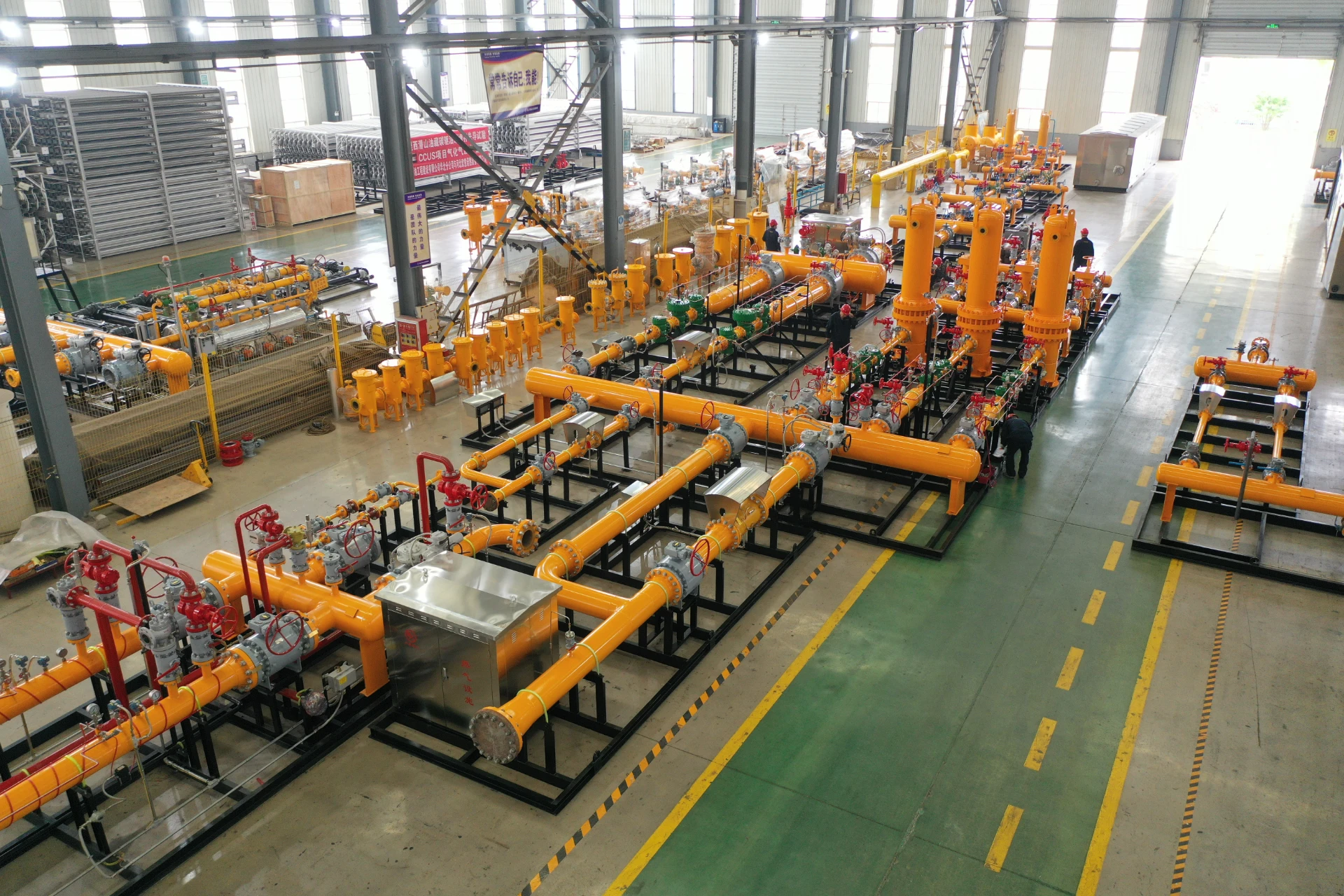
Dec . 14, 2024 15:18
Back to list
Air Purification System for Efficient Gas Filtration Solutions
Gas Purification Systems An Overview
Gas purification systems play a crucial role in various industrial processes, ensuring the quality and safety of gases before they are utilized or released into the environment. As industries increasingly focus on sustainability and regulatory compliance, the demand for efficient gas purification technologies has grown significantly. This article explores the importance, types, and working principles of gas purification systems.
Importance of Gas Purification
The necessity for gas purification arises from the contaminants that often accompany industrial gases. These impurities can include particulate matter, volatile organic compounds (VOCs), acids, and toxic gases. If left unaddressed, these contaminants can lead to environmental pollution, health hazards, and equipment deterioration. Thus, gas purification systems are essential in maintaining air quality, protecting human health, and complying with environmental regulations.
Furthermore, in specific applications—such as semiconductor manufacturing or pharmaceutical production—the purity of gases must meet stringent standards. Gas purification helps ensure that the final products are not compromised by residual contaminants, ultimately safeguarding product quality and efficacy.
Types of Gas Purification Systems
Gas purification systems can be classified based on their operational methods and the types of impurities they target. The most common types include
.
2. Absorption Systems In this process, gases pass through a liquid medium that selectively dissolves the targeted contaminants. Absorption is commonly used for acidic gases like carbon dioxide (CO2) or sulfur dioxide (SO2). The absorbed contaminants can later be removed from the liquid through chemical reactions or regeneration processes.
جهاز تنقية الغاز

3. Membrane Separation This method employs semi-permeable membranes that allow certain gas molecules to pass through while blocking others. Membrane separation is advantageous for separating gases based on size or solubility, making it suitable for applications like natural gas purification and hydrogen separation.
4. Cryogenic Distillation Used primarily for the separation of gases with significant differences in boiling points, cryogenic distillation involves cooling gases to extremely low temperatures, causing certain components to liquefy and separate. This technique is often used in natural gas processing to remove impurities like carbon dioxide and water.
Working Principles
The working principles of gas purification systems vary based on the technology used. For instance, in an adsorption system, air or gas flows through beds of adsorbent material, where contaminants adhere to the surface. Regular monitoring and periodic replacement of the adsorbent are necessary to ensure consistent performance.
In absorption systems, the gas is brought into contact with a liquid absorbent in a contactor. The design of the contactor, whether packed, tray, or spray type, affects the efficiency of mass transfer between the gas and liquid phases.
Membrane separation requires the design of membranes that maximize selective permeability, while cryogenic distillation involves precise temperature control to ensure effective separation of gas components.
Conclusion
Gas purification systems are vital in various industries to maintain air quality, comply with regulations, and ensure product integrity. As technology continues to advance, the efficiency and effectiveness of these systems are expected to improve, leading to even greater environmental and health protections. The ongoing development of innovative purification technologies will play a significant role in addressing future challenges in gas management and pollution control.
Latest news
-
Safety Valve Spring-Loaded Design Overpressure ProtectionNewsJul.25,2025
-
Precision Voltage Regulator AC5 Accuracy Grade PerformanceNewsJul.25,2025
-
Natural Gas Pressure Regulating Skid Industrial Pipeline ApplicationsNewsJul.25,2025
-
Natural Gas Filter Stainless Steel Mesh Element DesignNewsJul.25,2025
-
Gas Pressure Regulator Valve Direct-Acting Spring-Loaded DesignNewsJul.25,2025
-
Decompression Equipment Multi-Stage Heat Exchange System DesignNewsJul.25,2025

